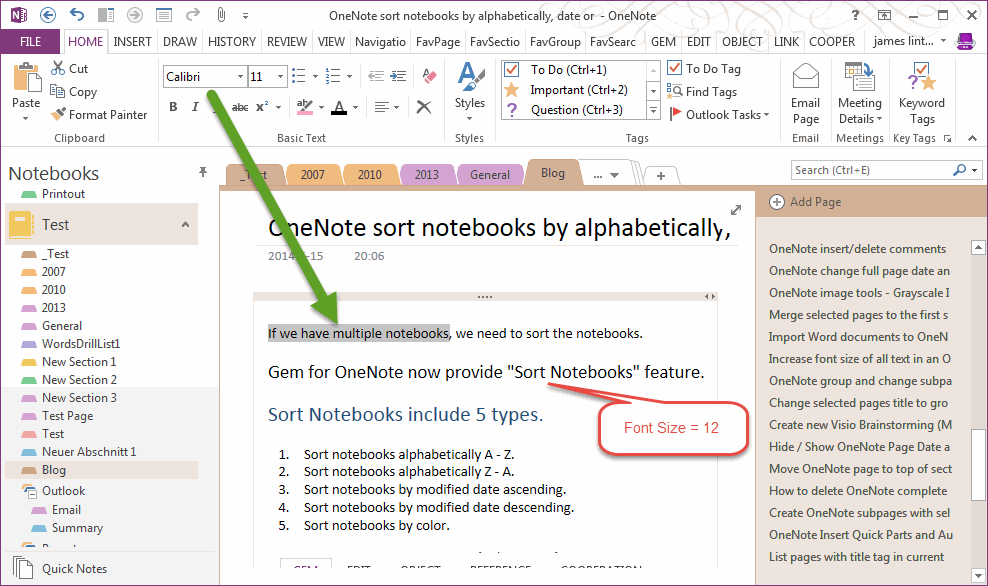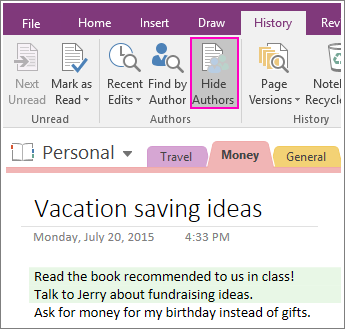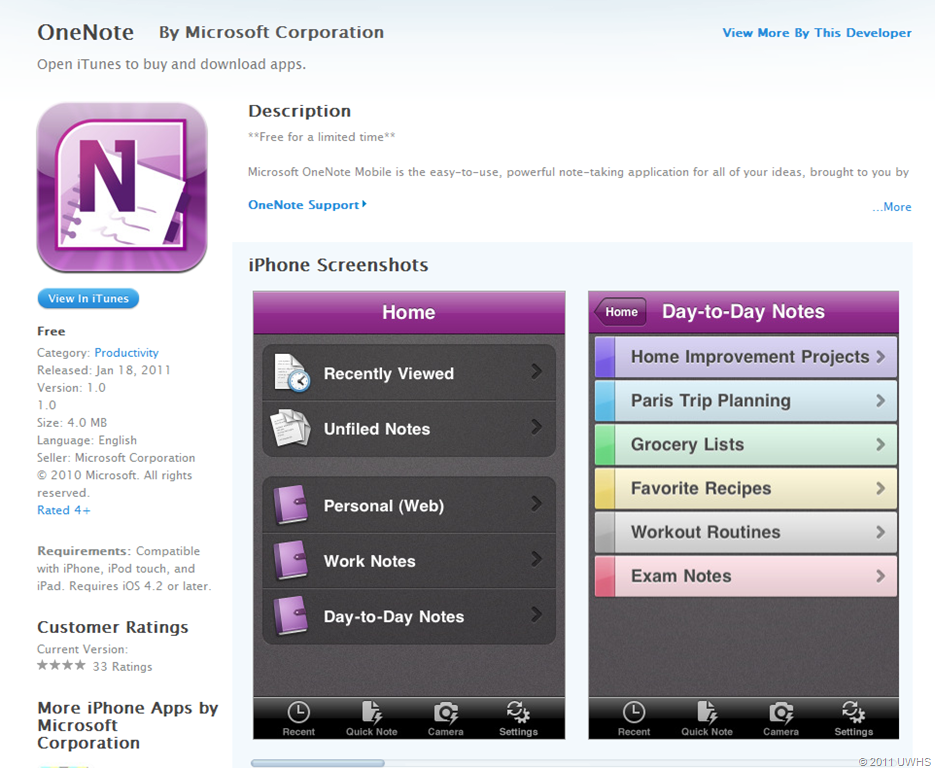
- #FULL TEXT ANNOTATIONS ONENOTE DIIGO UPDATE#
- #FULL TEXT ANNOTATIONS ONENOTE DIIGO MANUAL#
- #FULL TEXT ANNOTATIONS ONENOTE DIIGO PRO#
- #FULL TEXT ANNOTATIONS ONENOTE DIIGO FREE#
The goal is to have a searchable database of useful info, not everything you’ve ever seen - might as well just use Google for that.
#FULL TEXT ANNOTATIONS ONENOTE DIIGO MANUAL#
The manual effort is just dragging a few things around and then naming the folders.ĩ0+% of pages I visit are “trash” so I have no desire/need to clutter my hierarchy/database with them. The auto-hierarchies in Tabs Outliner actually closely resemble how I would organize them in Memex Collections, given that they follow my browsing/research patterns. It seems like Memex is aiming for a very similar thing (and much more), but I don’t see the auto-hierarchy feature as part of the plans yet - simply a general searchable, “offline personalized Google” database, with manually created hierarchies. I have thousands of tabs saved in a semi-organized hierarchy structure and am starting to clean it up now to better match my OneNote knowledge structure, from which my TickTick project planning/task management will spring as well. I suppose its just a visual bookmark manager with hierarchies and folder names, but what I love is that it automatically creates the hierarchies from all tabs/pages that you open in each window (which are typically pretty logical and related given how they are created by my browsing/research patterns) and then discards pages as I close the tabs (deciding they aren’t worthwhile), and updates them as I drag tabs around to different windows/folders. The web page itself becomes a resource sometimes.Another “app” that I use is the chrome extension Tabs Outliner. That way if needed I can go back to the web page in case I need additional information around what I highlighted. Diigo lets me highlight what "seems" important at the time on a web page quickly without trying to figure out exactly what's important. It would be nice if one app did all you need but sometimes I have to use several methods to get all the capabilities I need. You can even revisit a web page by clicking the URL of the content you copied. You'll wind up with a mixture of images and text you've copied from web pages.

So for me, one app can only have an edge over the other when it comes to specific capabilities.Ĭlipmate can capture the URL of a web page from which you copy content (images, text). It also lets you color text on a web page using different colors and create reports that you can extract from Diigo.īut Diigo can't do most of the things OneNote can so right now OneNote is open, Diigo is open, etc. Diigo can also show you a table of contents on a web page's side bar so you can click items in that table to navigate through a web page you've annotated or highlighted.
#FULL TEXT ANNOTATIONS ONENOTE DIIGO UPDATE#
And I can update sticky notes I leave on web pages from the web page itself or from my Diigo library. The colored highlights on the page let me do that. Many times I only need to see part of a page. Later as needed I can revisit a page I've marked from my Diigo library. I use Diigo mainly for capturing web information, annotating web pages and leaving sticky notes on Web pages.
#FULL TEXT ANNOTATIONS ONENOTE DIIGO PRO#
I think Diigo can do this in the pro version.Īre there any other areas (besides Diigo "Outliner") where you think Diigo has the edge over OneNote? If you could then view these highlights as summaries (as in Pocket) and copy them together (as in Instapaper), that would be great. Pocket and Instapaper already do a very good job of saving entire web pages in a very smooth and readable form, and there you can insert highlights with a highlighter (but only one color). OneNote can do it as well as far as I know. The ultimate would be if you could then mark a text copied into the app with different colors in the (please browser-based!) software. It's just that none of the two apps do all three together so far. Diigo already does a great job of that with the URL in Outliner, OneNote does that with the date and time. What would be important to me (and neither Diigo nor OneNote has this) would be a way to save the date, time, and exact URL source of the snippet. a sentence from website X, an image from website Y, a passage from website Z) or where they are automatically copied in when I select them or copy them to clipboard.

I would like to have a bar on the right side of my screen where I can drag and drop research snippets (e.g. But what I miss with OneNote is the feature that is called "Outliner" with Diigo.

#FULL TEXT ANNOTATIONS ONENOTE DIIGO FREE#
I guess most people here use OneNote (because that's the name of the sub), but also because OneNote is free and just very powerful. Which of the two tools do you use for your private, academic or job research: OneNote or Diigo?


 0 kommentar(er)
0 kommentar(er)
